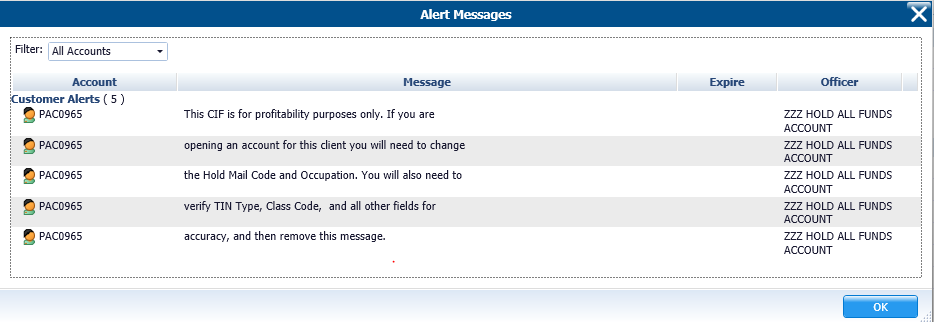Overview
As part of Capital City Bank's (CCB) mission to provide exceptional client service while serving our communities, the bank provides associates with client profitability analytics to make better pricing decisions for new loan opportunities and for deposit relationship management.
The Client Profitability and Pricing (CPP) tool calculates an aggregate Return on Equity (ROE) and ranks client relationships on a scale of 1 to 5 stars, with 5 being the most profitable. Profitability analytics provide a deeper understanding of our clients’ financial picture and empowers us to make better pricing decisions. This insight also allows us to uncover opportunities to build on existing relationships with additional products that can benefit our clients. The ability the run pricing scenarios in real-time, allows our bankers to offer their clients the best possible pricing and rates while still providing for the interests of the Company.
Other CPP benefits:
- Understand who our profitable clients are
- Segment and protect our profitable relationships
- In competitive situations, know how much you can lower a rate to win the business while still providing for the Company’s interests
- Know when you can serve your client’s interests by extend benefits like fee waivers, preferred rates, and more, without putting the Company at a disadvantage
- Provides for consistency across all lenders and credit products
- Understand the financial benefits of a transaction
An at-a-glance version of the CPP tool for CXM's can be found in Xperience in the Relationship Profitability Management tab in the client's CIF. For more information on the Relationship Profitability Management tab, click here.
Profitability
CPP is a profitability tool that historically measures the profitability of each client and client account. This information is aggregated by relationship, officer, product and organization.
Pricing
CPP is a pricing tool that measures the impact of changing pricing on existing relationship, or adding a new relationship. Focus is on the lifetime ROE of an instrument and relationship.
Return on Equity (ROE) Ranks
| Rank Name | Limits | Rank |
|---|---|---|
| 5 Star | 49.00% or higher |  |
| 4 Star | 14.00% - 48.99% |  |
| 3 Star | 00.00 - 13.99% |  |
| 2 Star | -48.99% - 00.01% |  |
| 1 Star | -49.00% or lower |  |
Note: If fee income represents more than 30% of the profit an * is assigned to the rank. ![]()
CPP Log On
To log into Client Pricing and Profitability for the first time follow these instructions:
- Click here to be taken to the CPP log on page.
- User Name - Capital City Bank email address
- Initial Password – Spring2@21
- Note: When signing in for the first time you will be prompted to change your password.
- Email _CPP for log in assistance if required.
To add the Client Pricing and Profitability tool to your bookmark/favorites, do the following:
- Update the URL address to http://prod.profitstarsfps.com/.
- Name the page (for example: CCB Pricing and Profitability, CPP).
- Click done.
Client Profitability CIF
Client Information Files (CIF) for both consumer and business clients who do NOT have a a current Demand Deposit account (DDA) or loan relationship but DO have a relationship with an affiliate (for example: Elan, Elavon, CCI, Capital City Trust) are housed in Xperience. These CIFs do not contain complete CIP information required for DDA and loan relationships but are part of an initiative to be more effective in serving our client relationships more completely.
These clients can be identified in several ways:
- Non-Client Profitability CIF Record displaying in the CIF address field
- An alert message displaying the following:

- A Hold Mail Code of Z placed at the CIF level to prevent the client from receiving any mail from CCB
What do I do when I encounter one of these NON-CLIENT PROFITABILITY CIFs?
When a new DDA or loan account is established for a client with a non-client profitability CIF record, associates must do the following:
- Review all CIF information for accuracy and update any required Client Identification Program (CIP) information that is missing (for example: identification, physical address, date of birth, email address, phone number).
- After establishing the new DDA or loan account, submit the following Synapsys Service Event:
- Deposit Services > DS-Other Maintenance.
- In the Comments section, enter Remove hold mail code Z and alert message from CIF# xxx.